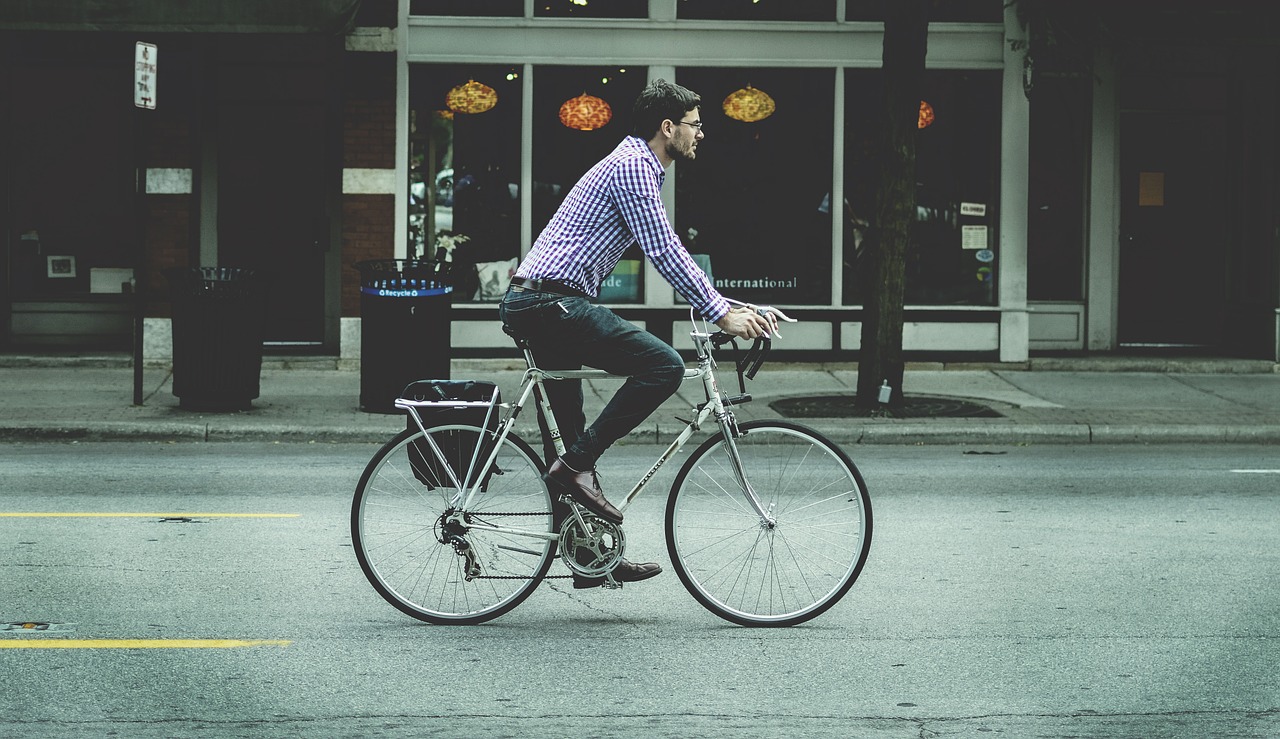Cycling Continues Growth In Popularity In LA
Posted by blogbike on Aug 3rd 2015
It is a known fact that cycling is becoming an increasingly popular mode of transportation, be that for practical purposes or for fun. In the 1880s, the League of American Bicyclists was formed, and they have been behind every cycling craze known to date. They have also reported that there has been a 43% increase in cycling popularity between 2000 and 2008, which is very significant. It also showed that some of the world's major cities are showing even more rapid growth. Consider Portland, Oregon, for instance, where bike commuting has grown by 238%.
Why Is Cycling Becoming More Popular?
The concept behind the popularity of cycling is a complicated one. For instance, in New York, Janette Sadik-Khan, the Transportation Commissioner, created bike lanes all over town nearly overnight. In so doing, streets have become friendlier and safer to bicycles. At the same time, doing this meant that a new legal relationship has to be created between cars and bicycles. In the Netherlands, for instance, where bicycling is incredibly common, drivers of cars are always at fault in a bike-vehicle collision. Whether this is something that the rest of the world is willing to implement is a different question altogether.
The Rise in Popularity of Cycling in Los Angeles
Los Angeles is known the world over for its amazing freeways and huge number of cars. However, back in the 1920s, it was also the city with the longest urban rail network in the world. Furthermore, it was home to an elevated cycleway. By 2010, only a little of these seemed to have been left, but the city tried to come up with ways to once again encourage this trend to resurface. To achieve this, they approved a bike plan that would involve the construction of 1,684 miles of bike ways. To date, however, only 200 miles of this project have been completed.
The reason why progress has been slow can be best demonstrated by Figueroa Street, where the plan has both been successfully implemented and catastrophically failed. One on stretch of the street, new bike lanes have been created thanks to the work of various powerful cycling advocates. On the other stretch of the street, however, communities have come together and protested the construction, which meant it could not get built. Nevertheless, LA continues to push towards a cycling revival, in part thanks to initiatives like LA Bike Trains, which provides support to people who choose a mode of transportation that is more sustainable than cars.
Cycling and Fashion
Another way in which bicycling is once again being made more popular is through fashion. Once upon a time, it was designed specifically for people who enjoyed wearing spandex and short pants. Today, however, it is a symbol of style and urbanity, with fashion to match. LA is seen as the fashion capital of the country, one of the few places here were obesity is not as significant of a problem, and where people want to look good because they want to be seen. This fashion drive is also helping to increase the popularity of bicycling.
Best Practices from Around the World
What LA and other cities are trying to achieve is create a way that supports sustainable living. This can be achieved through bicycling, but various other initiatives around the world are also taking place. This includes San Francisco, California, and Hamburg, Germany, to name but a few.
Hamburg is very much aware of how population growth and overcrowding are becoming an issue, also in terms of space for housing. Hamburg officials have decided to shy away from using technology to basically densify their city. Rather, they are coming up with ways to make the city 'float'. People from Hamburg are looking at ways to live on the water, building floating neighborhoods and cycle lanes.
Meanwhile in San Francisco, a stadium will be demolished so that a new shopping district can be constructed. However, Candlestick Park, which the 49ers and the Giants used to call home, should not be demolished or removed according to local architects. Rather, they are looking at creating a hydroponic greenhouse with a terraced park and the ability to host concerts.
The question is whether or not Los Angeles will ever stop using cars. Perhaps a floating city is an answer here, perhaps not. The reality is that the gridded street network in LA will be hard to break through. At the same time, however, if the city were not to come up with new and alternative solutions, they will be missing out on a growing trend. Additionally, they will cause significant difficulties to the planet as a whol

